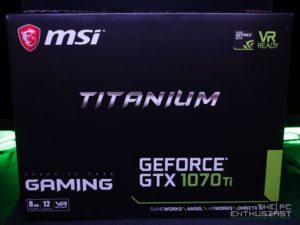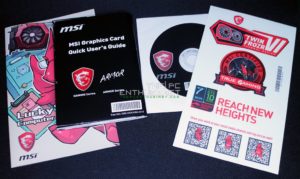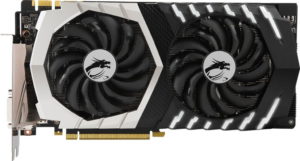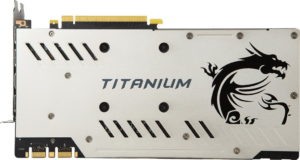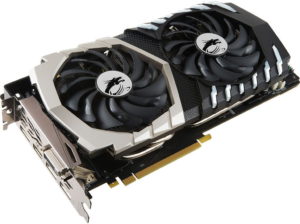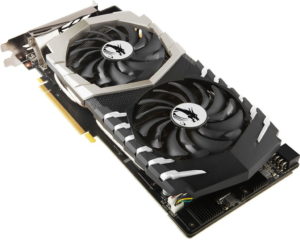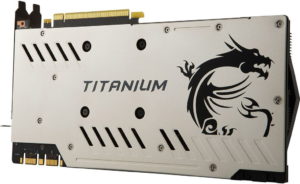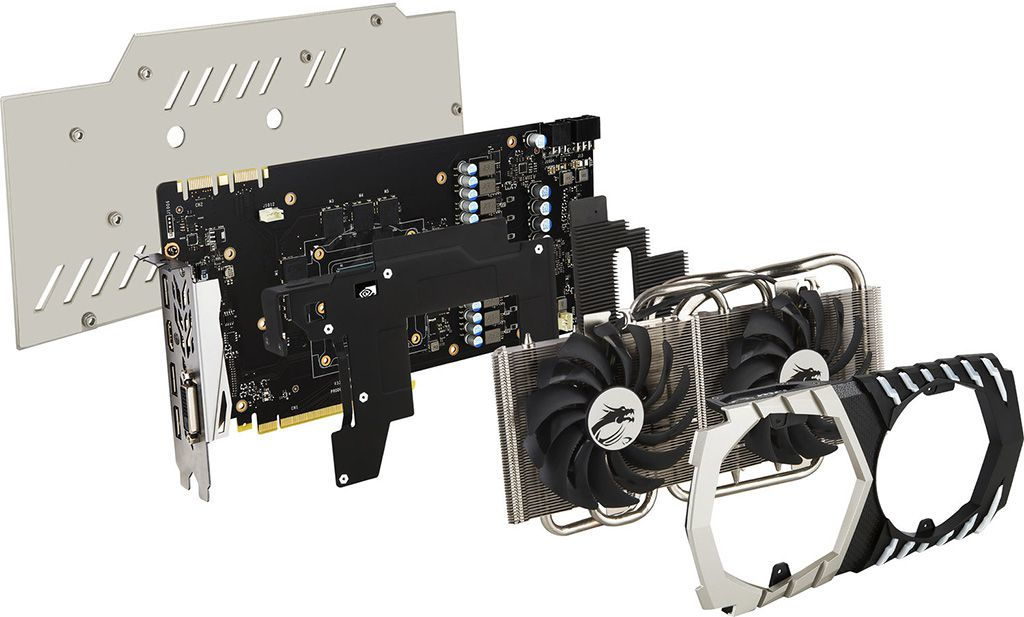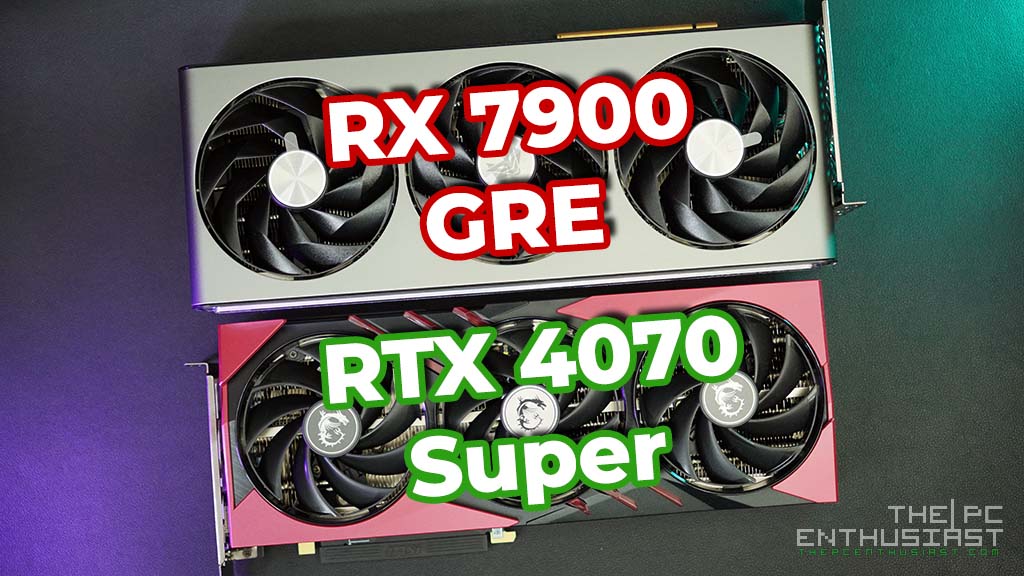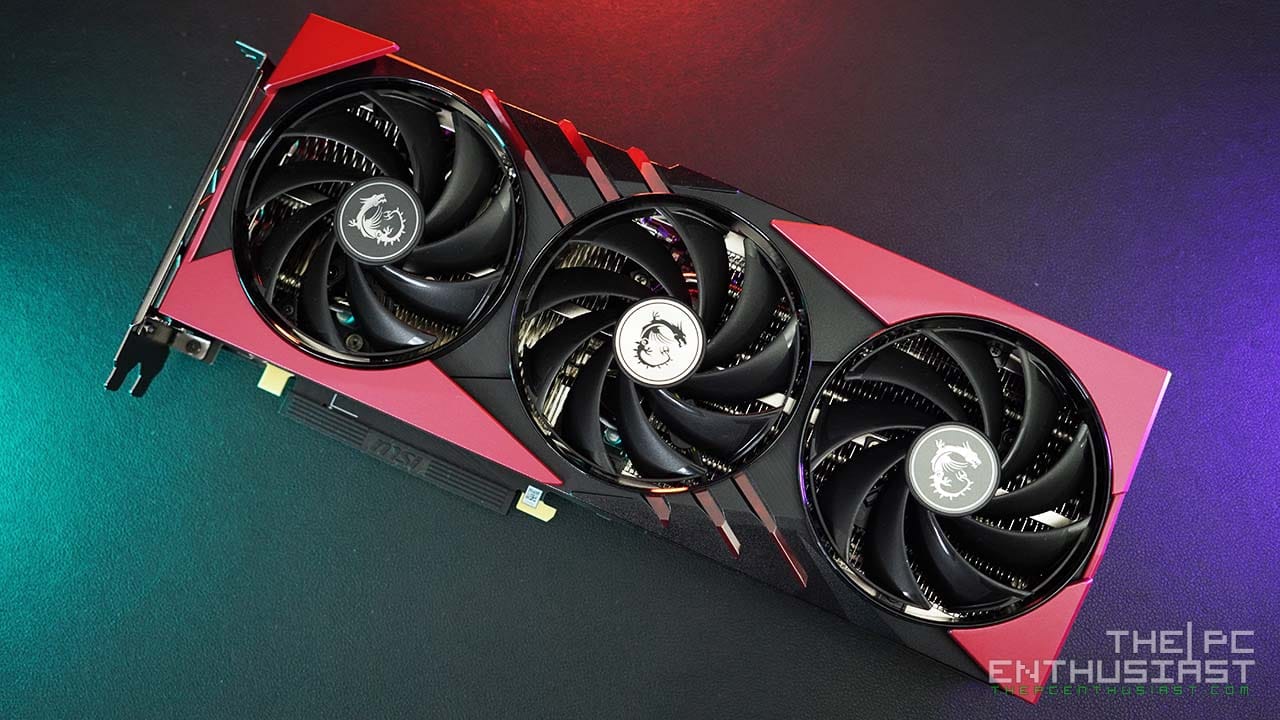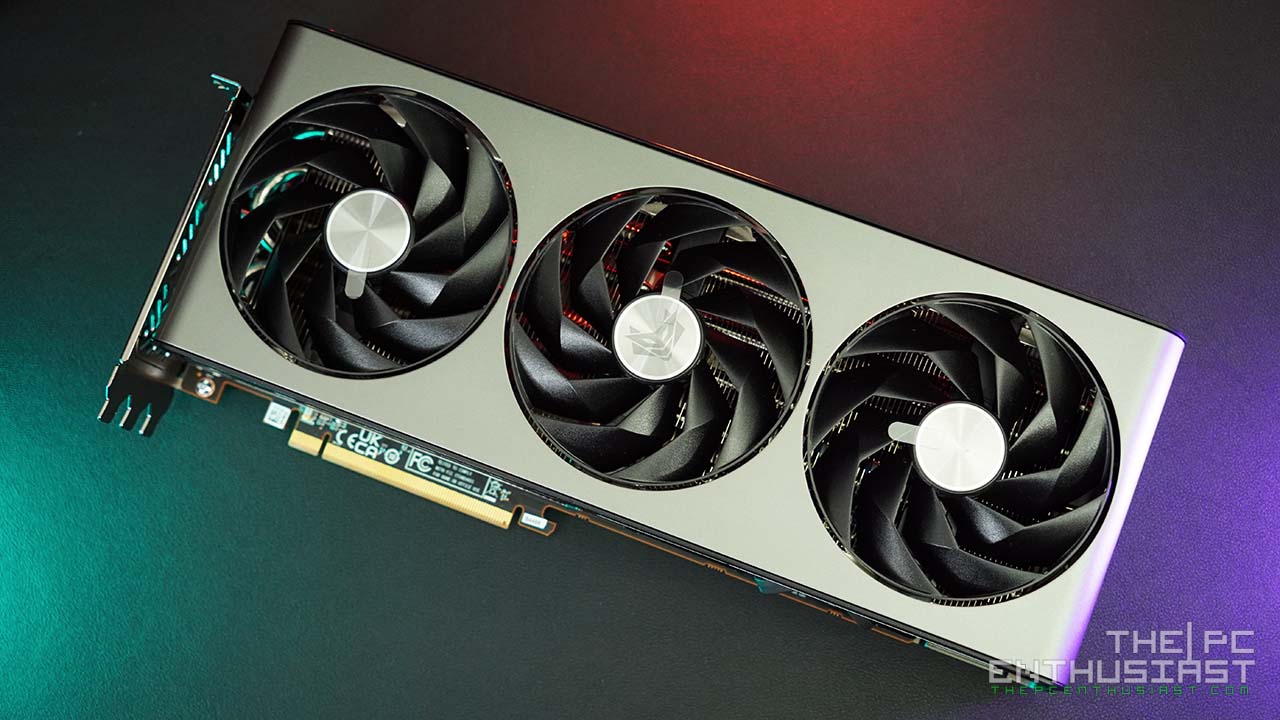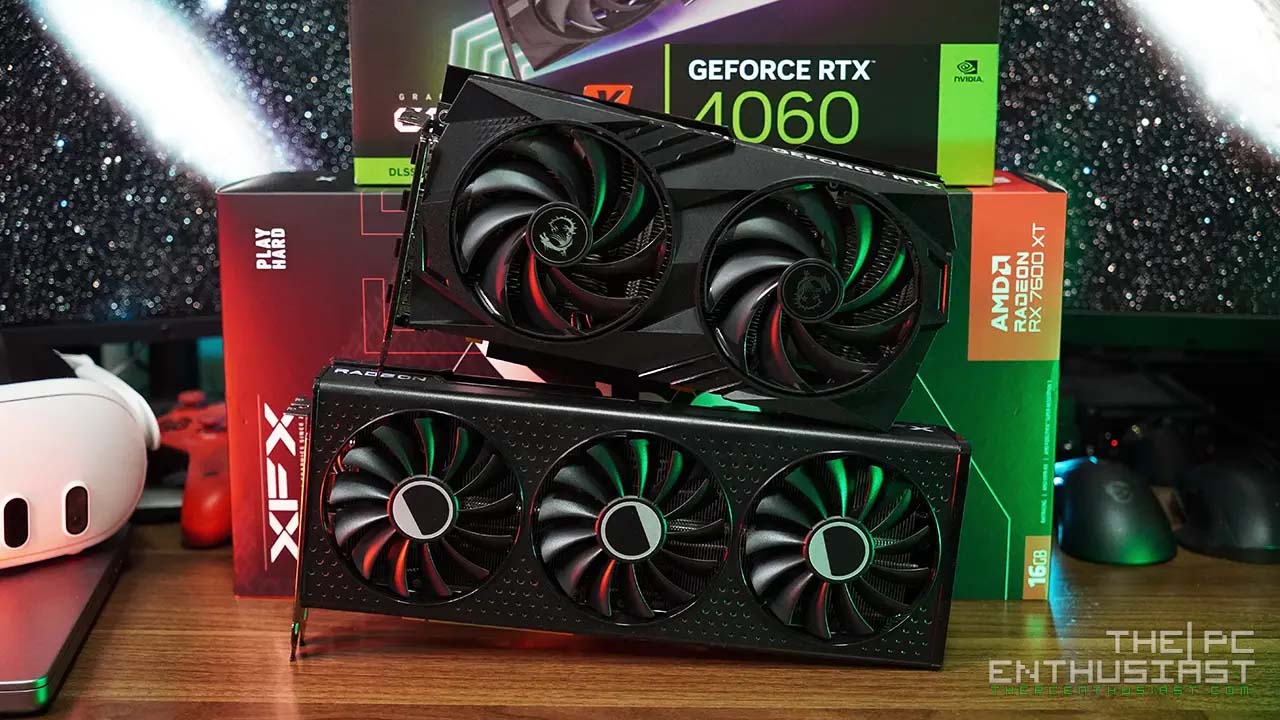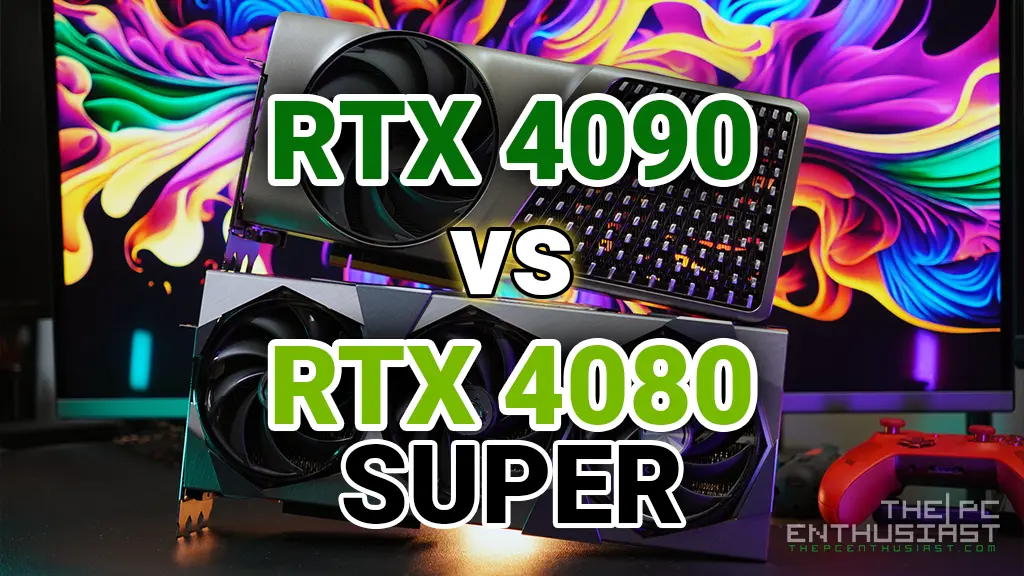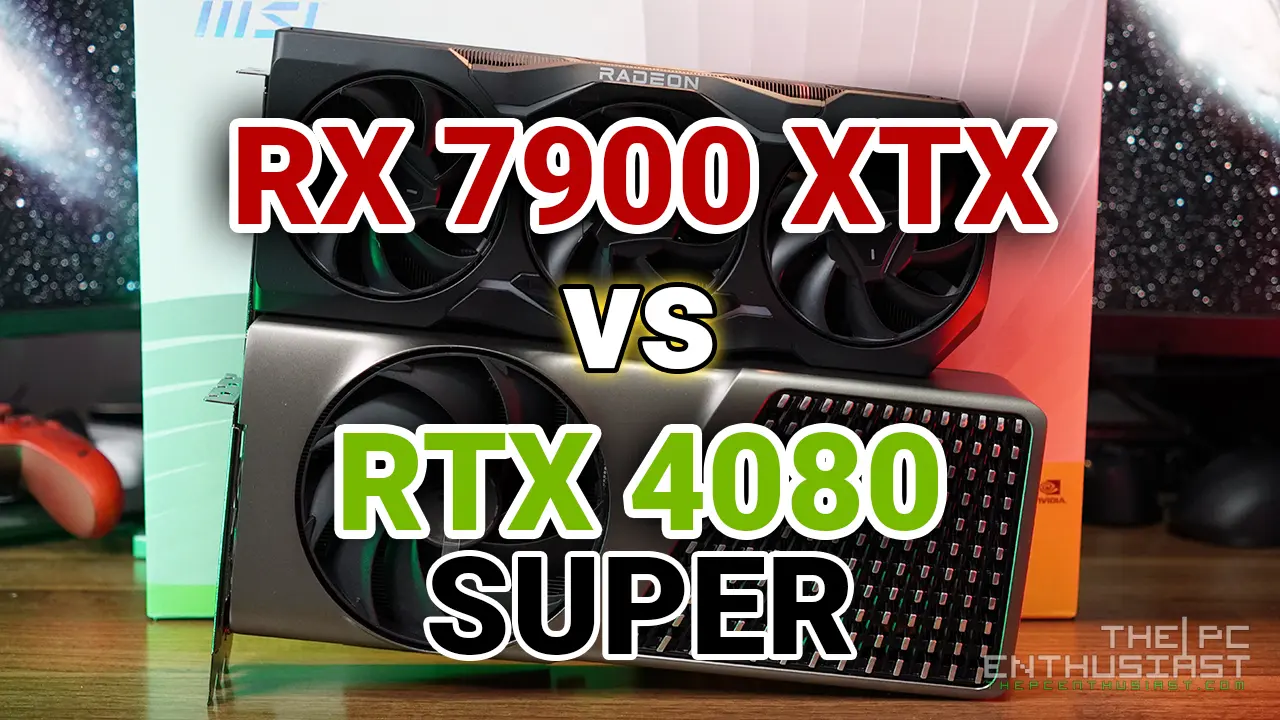MSI GTX 1070 Ti Titanium – Packaging and Closer Look
The MSI GeForce GTX 1070 Ti Titanium comes in a nice simple hard box. Packaging is quite simple, with features of the graphics card written at the back of the box. The package includes the graphics card, a driver CD, a user guide, stickers and some reading material.
The GTX 1070 Ti Titanium is basically like the Titanium version of the GAMING variant. There’s not a huge difference except for the color scheme and slightly different back plate design. The rest are very similar already, including the TWIN FROZR VI cooler and TORX 2.0 fan.
The graphics card also features a fan stop technology where the GPU is cooled passively, until its temperature reaches 60° Celsius, and then the fan starts to kick in. Like most of MSI’s components, the GTX 1070 Ti Titanium features Military Class certified components; like Hi-c CAP, solid CAP and new SFC components.
On the output ports, you can see three DisplayPorts, an HDMI port and a DVI-D port. The MSI logo on the side and the “stripes” on the front side of the cooler have LED lighting. But only the MSI logo on the side is RGB-capable, while the stripes have white LED only. Although you can control the effects (via MSI Mystic Light App) on those stripes; like breathing, static and etc. However, I find the lighting not spread evenly. Some of the area or stripes are not even well-lit, and it looks dim compared to the brightness on the MSI logo at the side.
The MSI GeForce GTX 1070 Ti Titanium graphics card is made up of several layers. Starting on the front; the cooler shroud is mainly plastic, covering the large aluminum heatsink with six nickel plated copper heatpipes underneath, which is being cooled by two TORX fans. By the way, these fans are very silent even at high rotational speeds. I’m quite impressed with these fans.
There are two metal parts underneath the heatsink; a heatsink with micro fins that cools the MOSFETs area and an aluminum sheet that serves as a rugged anti-bending strip and memory cooling plate. Finally, there’s the graphics card’s PCB itself and the nice metal back plate. Now time to see how this graphics card performs.

